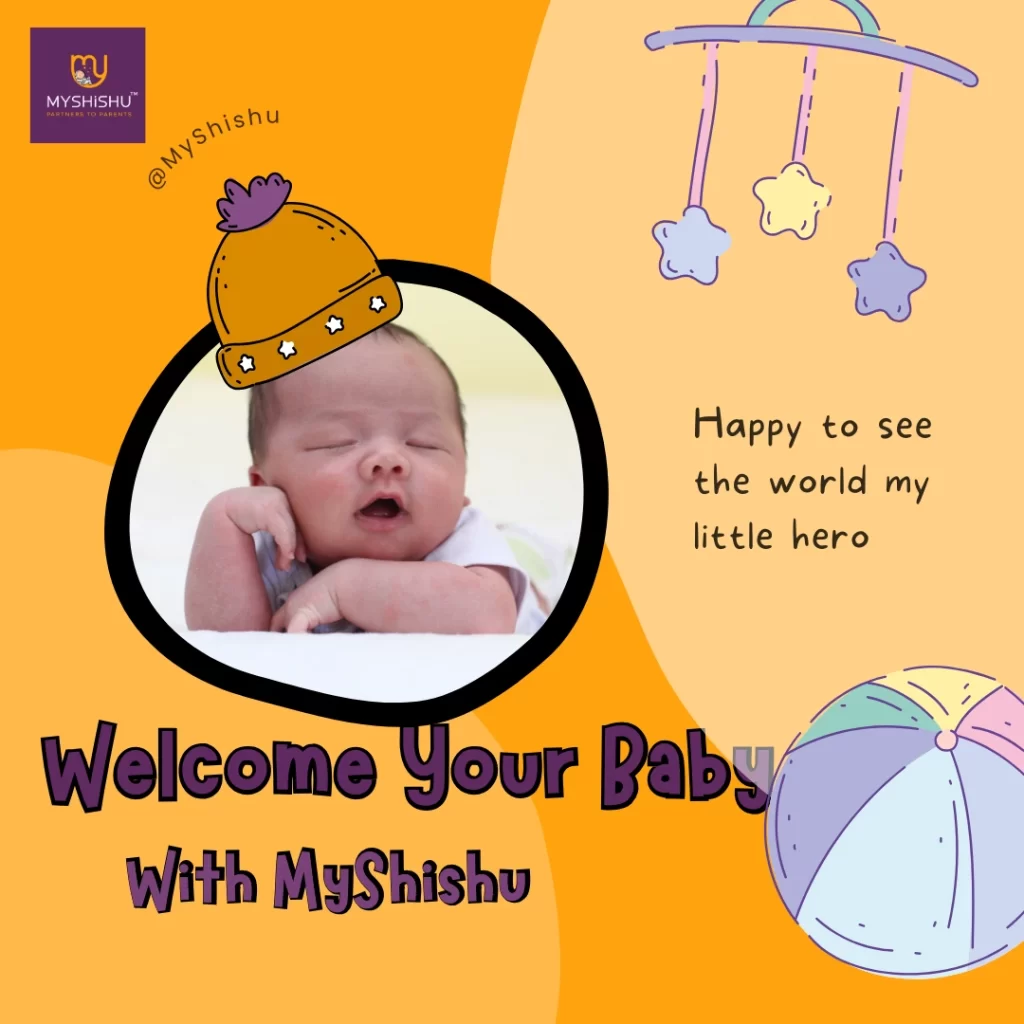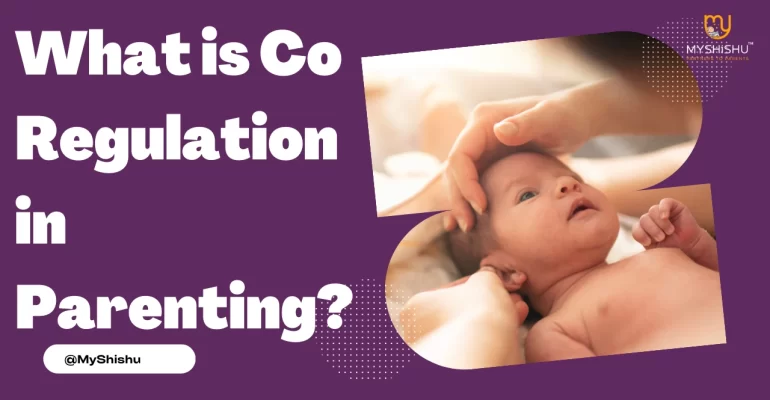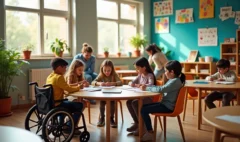What is Co Regulation in Parenting?
What is Co Regulation in Parenting?
Parenting, a journey filled with love and challenges, comes with the quest to understand and nurture our children’s emotional well-being. In this blog, “What is Co Regulation in Parenting?” brought to you by MyShishu, we delve into the fascinating world of co regulation in parenting. Co-regulation, an essential part of building strong connections and fostering emotional growth in children, is a topic that’s often overlooked in the parenting world. So, whether you’re a new parent or have experienced the joys of parenting for a while, let’s explore this vital aspect and its transformative power.
Table of Contents
- What is Co-Regulation?
- Co-Regulation with Infants and Toddlers
- Co-Regulation with Older Children
- Co-Regulation with Partners and Adults
- The Importance of Co-Regulation in Building Connection
- Practical Tips for Co Regulation in Parenting:
- Quiz: Co Regulation in Parenting
What is Co-Regulation?
To begin, let’s clarify what co-regulation means. Co-regulation is a concept rooted in the idea that emotional and nervous systems can sync and harmonize when two or more individuals share a deep connection. Imagine your child’s emotional state aligning with your own, creating a safe and reassuring atmosphere.
In co-regulation, the parent and the child support each other in achieving a state of calm, thereby providing a secure emotional environment. This dynamic process applies to infants, toddlers, older children, and even within adult relationships. It’s all about slowing down, being present, and fostering a connection where emotions are embraced rather than pushed aside.
Co-Regulation with Infants and Toddlers

The importance of co-regulation is especially evident in the early stages of parenting, where infants and toddlers rely on their caregivers for emotional balance. When parents practice co-regulation, they offer their children a safe space to express their feelings, knowing they will be understood and supported.
Co-regulation isn’t about rushing to “fix” a child’s emotional state but allowing them to experience their emotions in a secure and connected environment. When parents shift from “calming the baby” to “co-regulating,” it deepens their understanding of the child’s needs and strengthens the parent-child bond.
Imagine holding your newborn and realizing that both of you are participating in the process of co-regulation. The connection, the embrace of emotions, and the soothing of each other’s nervous systems create a unique bond.
Co-Regulation with Older Children
Co-regulation isn’t limited to infants and toddlers. It plays a significant role in parent-child relationships throughout a child’s development. As children grow, they continue to seek emotional guidance and stability from their parents.
By co-regulating with your older child, you help them understand their internal world and the importance of emotional closeness in relationships. This helps them develop the ability to self-regulate as they mature and teaches them to trust that they can navigate turbulent emotions effectively.
For parents, co-regulation serves as a tool to create a more peaceful family life. It allows them to be present with their children, supporting emotional growth and building stronger connections in the process.
Co-Regulation with Partners and Adults
Co-regulation isn’t confined to parent-child relationships. It also applies to couples, adult siblings, and interactions between adult children and their parents. The principle remains the same: supporting each other in maintaining emotional calm and understanding.
If you have a partner, co-regulating can enhance your connection and create a more peaceful family environment. Even if you’re a single parent, reaching out to other adults for support in regulating emotions can be invaluable.
The Importance of Co-Regulation in Building Connection
Co regulation in parenting creates an environment where all emotions, positive and negative, are accepted and allowed to be expressed. It instills in children the understanding that emotions are a natural part of life and can be experienced without fear.
Children who experience co-regulation learn that their emotions are safe and manageable, providing them with emotional resilience. For parents, the process of co-regulation enables them to be fully present with their children, supporting their emotional growth while building a deep and trusting connection.
Did you know?
Their eye colour may change
All babies are born with blue eyes. Basically, the pigmentation process in his iris hasn’t started working yet – it does kick in though, and your baby’s true eye colour usually becomes apparent around six months old.
Practical Tips for Co Regulation in Parenting:
- Slow Down: Practice being present in the moment, embracing the pace of your child’s emotional world, which often moves at a slower tempo.
- Breathing: Use mindful breathing techniques to stay present and maintain a sense of calm.
- Listen Actively: Observe your child’s patterns of behavior and learn to listen to their emotions. Instead of reacting, be with them and ask questions that address their fears or concerns.
- Expect Reactivity: Understand that your shift towards co-regulation might initially unsettle family members, especially your child. Stay calm and grounded, maintaining your role as a secure presence.
- Dealing with Uncomfortableness: Accept that getting still and being in the moment can be challenging. Explore your feelings with curiosity and, if needed, seek support from a friend or counselor.
- Self-Acceptance and Self-Forgiveness: Practice self-acceptance and self-forgiveness to love yourself and those around you. It’s okay not to be perfect; your journey of growth and learning is what truly matters.
Conclusion : Co Regulation in Parenting
Co regulation in parenting is a powerful tool that can transform your parenting experience. It builds strong connections, promotes emotional growth in children, and nurtures a more peaceful family life. By embracing the principle of co-regulation, you create an environment where emotions are accepted, and children learn to trust their feelings.
As you embark on your parenting journey, remember that co-regulation isn’t just about calming your child. It’s about fostering a connection where both you and your child can find emotional balance and security. Co-regulation is a gift that keeps on giving, creating a family environment where love, understanding, and trust flourish.
Quiz: Co Regulation in Parenting
Let’s put your knowledge of co-regulation to the test with a fun quiz! Challenge yourself with these questions.
Question 1: What is co-regulation in parenting?
A) Teaching children to be self-sufficient emotionally
B) Creating a synchronized emotional connection between parent and child
C) Punishing children for their emotional outbursts
D) Encouraging children to suppress their emotions
Question 2: Who can benefit from co-regulation in parent-child relationships?
A) Infants and toddlers
B) Only single parents
C) Adult children and their parents
D) Couples and siblings, but not children
Question 3: What is one practical tip for co-regulation with your child?
A) Rushing to fix your child’s emotional state
B) Expecting your child to regulate their emotions independently
C) Actively listening to your child’s emotions
D) Ignoring your child’s feelings
Answers:
- B) Creating a synchronized emotional connection between parent and child
- A) Infants and toddlers
- C) Actively listening to your child’s emotions
Celebrate each step of your child’s journey and remember that parenting is an ever-evolving adventure. Stay tuned for more insightful blogs from MyShishu!
Explore our range of courses on new-age parenting at New-Age Parenting | Modern Parenting Styles | MYSHISHU.
For additional parenting insights and valuable information, check out our blog “Cry, Feeding and Weaning of Newborn Baby” at Cry, Feeding and Weaning of Newborn Baby – My Shishu.
Hope you’ve enjoyed the blog “What is Co Regulation in Parenting?”. Happy Parenting!











